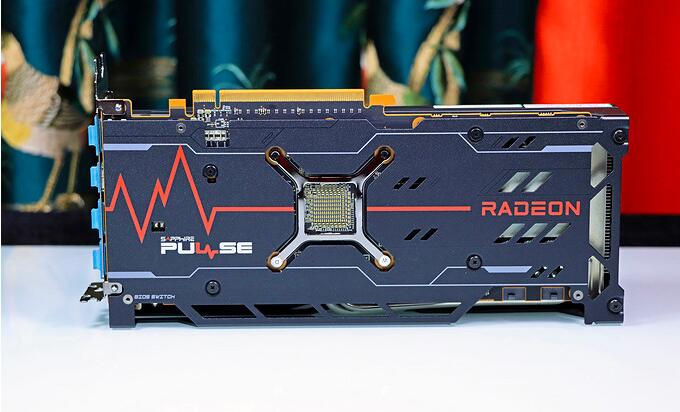First off, what exactly does a graphics card do? And more importantly, do you actually need one? Unless you are looking at any specific, top-of-the line, computer on the market today, most PC manufacturers will simply de-emphasise the graphics card on pre-built desktops and laptops in favour of selling much cheaper, lower-powered processors, hard drives, and storage solutions. But why is this? Why is it that many of the top-end brands only offer the barest minimum when it comes to graphics cards?

The crux of the issue is that the majority of modern games are produced with very high resolution (often referred to as "refresh rates"), but that means the rendering/shader requirements have to be far higher than the maximum cards are able to provide. The result is that games either won't run at all or won't run very well, thanks to errors introduced into the game by the use of lower resolution graphics cards. This is not an issue for 1920 x 1080 resolutions, where errors caused by low resolution cards are irrelevant, but it is something to be aware of for anything higher. And it's also becoming more apparent that this error problem is also affecting some of the newer, higher spec models of laptops as well. One example of this is the Alienware laptop, which often runs extremely slowly and with a series of graphical errors.
So what do you do if you need to upgrade to 2,560 pixels or above? The simple answer is to go out and buy yourself a graphics card. There are many available, of course, and prices vary quite widely depending on spec and brand. In general, however, cards with at least 1,440 pixels and above offer the best performance in terms of resolution and speed, so you'll want to spend your money wisely. Fortunately, laptops currently coming out of the new generation are much more powerful than they were ten years ago thanks to much faster processors, so you won't have to worry about spending a small fortune on a card just to get more detail.
There are two main types of video cards on today's market: the standard model and the dual-core version. Dual-core cards tend to offer better performance and faster clocks than their single-core brothers, so if you're thinking of upgrading, you'll probably prefer the dual-core version. You can easily tell the difference between these two types by checking out the graphic details in the system info utility: the lower number represents the lower core count of the card. The higher number, of course, refers to the higher core count. The vram size of your cards will also indicate the maximum memory capacity that your machine is capable of; the larger the vram, the greater the memory of the machine.
If you want to use external monitors while you travel or simply want to be able to use two independent displays for your PC, then an HDMI connection is your best option. When it comes to hooking up external monitors to your desktop, however, the HDMI ports are not always supported. In order to use HDMI with HDTVs, you need to use a converter box. Luckily, there are plenty of HDTVs on the market today that will support HDMI connections; the converter boxes that connect the monitors to your existing HDTV are called hdmi converters.
Graphics cards and monitors also come with two important features that are very important for any graphics-intensive PC applications: the ability to render special effects at super resolution and the support of wide-screen formats. Unless you are developing highly-detailed games, you probably won't need to use advanced graphics capabilities in your applications. Instead, you should concentrate on getting better frame rates, clearer text, and lighter images. To get these results, you'll likely need to upgrade your graphics card or go with a faster, lower-end CPU and motherboard.
Other important aspects to consider when purchasing your graphics card and your processor are the amount of RAM that you want to purchase and the type of hard drive that you intend to use for storage. Most notebooks have either an installed Windows operating system or a Linux operating system. Because Windows programs require much more processing power than Linux programs, it is often cheaper to purchase a Windows based laptop and upgrade the laptop's hardware. In the case of laptops with built-in video cards, upgrading the video card will also help to improve frame rates.
With so many manufacturers producing powerful, yet budget-friendly, graphics cards, finding one to meet your needs shouldn't be all that difficult. Most of the current top-performing brands include models produced by both ATI and Nvidia. While the price of some models with either company can be high, the range of products available makes it possible to find a good, mid-priced model. Check out our website for a list of the best buys on both desktop and notebook graphics cards.











